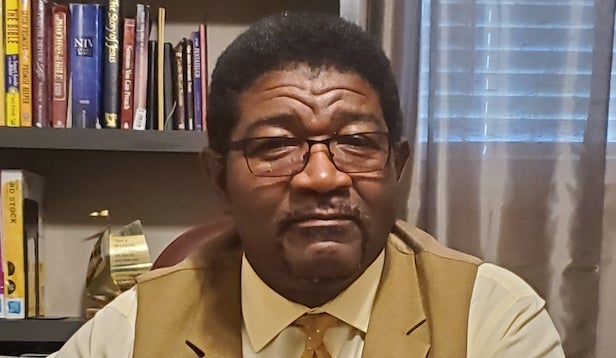It’s about the bike
Published 3:52 pm Monday, May 28, 2018
Damascus, Virginia, a town of fewer than one thousand residents, sits smack dab in the middle of the Blue Ridge Mountains, on the scenic Virginia Creeper Trail. A bike path along part of the trail passes through the town. Damascus embraced the aesthetics of the trail and married scenery with bicycle tourism to create economic opportunity for new businesses around biking — bike shops, shuttles, coffee shops with pastries and breweries. Biking demands pedal fuel and hydration!
Damascus has ample hiking trails — hikers need coffee and hydration too.
Damascus hosts a Summer Festival that draws upwards of 20,000 visitors, undoubtedly boosted by the flow of cyclists through the town. Bicyclists like to tell others about experiences off the beaten path, or in this case, Creeper Trail, so Facebook and Instagram photos, tweets and sometimes the old-fashioned cell phone become the 21st-century edition of the string and Dixie cup, spreading the word about Damascus.
A similar phenomenon takes place every three years in Washington, as 2,500 cyclists flood Washington and participate in the spring coastal edition of Cycle North Carolina. Some are avid regulars, some occasional, and some, like me, first timers (moving here two years ago is my reason for being a first timer). Like so many other enthusiasts who share a common passion, cyclists form a community when gathered together in Festival Park for a big slumber party, strung out on county roads or pausing at rest stops. The riders spend money, enjoy the delights of Washington, and beam images of the waterfront and the waterfront statues of crabs through social media.
Biking can also promote community in Washington beyond the periodic coastal ride. Offering annual or more frequent bike rides and celebrations of the gear and spoke can mimic the benefits that the larger coastal ride generates. Combine the ride with scenery and a meaningful message, and you draw in populations not otherwise part of the biking community. For instance, a bike ride to the village of Bath offers its own beauty through agricultural fields and pine tree corridors, reaches its Bonner Point destination overlooking the confluence of Bath Creek and the Pamlico River, always bathed by a gentle breeze before returning to the Washington waterfront. These roads offer equally inviting pathways as the Virginia Creeper Trail.
All these aspects will come together at Festival Park on June 2 in the first and annual Ride for Rose Haven: Supporting Women Veterans, sponsored by the Pamlico Rose Institute for Sustainable Communities, Inner Banks Outfitters, Washington (noon) Rotary and other sponsors. The event will use the bike, a location and an activity to advance a cause, promote Washington as a community of caring, and highlight the health benefits of biking. Riders can still register at www.pamlicorose.org/bike/.
Future columns will explore other ways in which the bike can serve the community and promote sustainability.
I gave a TED talk once on the need for folks to get off the freeways of life and take the country roads to learn about others and themselves. Pedaling at 12 mph through the Inner Banks certainly allows time for that to happen, for first timers and visitors, for Cycle North Carolina or Ride for Rose Haven participants, and for the community of cyclists that call Washington and Beaufort County home. The bike becomes the chariot, the roads, a path to self-discovery.
Robert Greene Sands is an anthropologist and CEO of the non-profit Pamlico Rose Institute for Sustainable Communities located in Washington.





